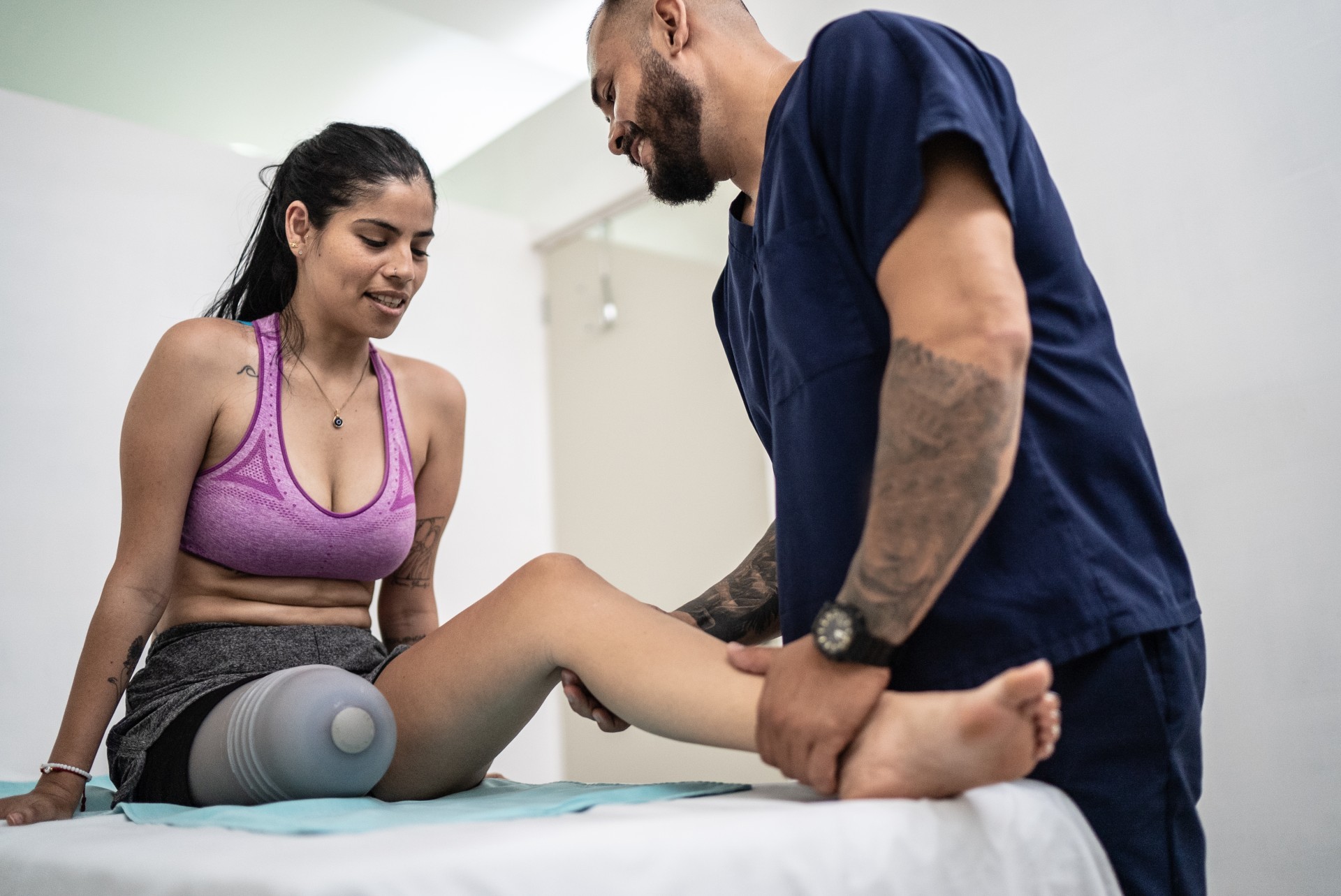Phantom Pain Perplexity: Understanding and Coping with This Invisible Enemy
Phantom pain is a mystifying and often distressing condition experienced by amputees where pain is felt in a limb or a part of the limb that no longer exists. This puzzling phenomenon can lead to significant physical and emotional distress, as the pain is real and often intense, yet the source is not physically present. Understanding phantom pain and finding effective ways to manage it are essential for improving the quality of life of those affected.
What is Phantom Pain?
Phantom pain is not merely a psychological issue but a complex, physiological condition that occurs after the amputation of a limb. Although the exact causes are still not fully understood, researchers believe that phantom pain is primarily due to mixed signals from the brain or spinal cord. After amputation, nerve endings at the site of amputation may continue to send pain signals to the brain, which mistakenly interprets them as coming from the absent limb.
Symptoms of Phantom Pain
The symptoms of phantom pain vary widely among individuals but typically include:
- Shooting, stabbing, or burning sensations
- Cramping
- Intense pain that may come and go or be continuous
- The sensation that the phantom limb is being twisted or crushed
The pain can be triggered by changes in weather, pressure on the remaining part of the limb, stress, and emotional distress.
Coping Strategies
Dealing with phantom pain involves a multidisciplinary approach, integrating physical, psychological, and sometimes pharmaceutical interventions. Here are some effective strategies:
Medication
Pain relief medication, including non-steroidal anti-inflammatory drugs (NSAIDs), antidepressants, and anticonvulsants, are often used to manage pain. However, because phantom pain is unique, these drugs may not work for everyone.
Mirror Therapy
Mirror therapy has shown promise in helping some patients. It involves using a mirror to reflect the intact limb so the brain can see two limbs. This can sometimes trick the brain into “believing” the phantom limb is moving without pain.
Acupuncture and Massage
Acupuncture and massage therapy are valuable treatments in managing phantom pain, primarily due to their ability to relieve muscle tension and alleviate pain. These therapies enhance blood flow throughout the body, which not only helps in reducing pain but also promotes healing and recovery in the remaining tissues. Additionally, the relaxation induced by acupuncture and massage can significantly lower stress levels, which are known to intensify the perception of pain, thus providing further relief from the symptoms of phantom pain.
Physical Therapy
Physical therapy plays a crucial role in the management of phantom pain. By strengthening the remaining limb and enhancing mobility, physical therapy not only helps improve overall physical function but also aids in diverting the brain’s attention away from the phantom sensation. This can result in a significant reduction of the pain experienced, as the brain becomes more engaged with the actual movements and less fixated on the absent limb.
Psychological Counseling
Phantom pain can be emotionally taxing. Counseling or behavioral therapy can help individuals adjust to limb loss and cope with the pain, reducing feelings of anxiety and depression that may accompany the condition.
Lifestyle Adjustments
Making certain lifestyle changes can also help manage phantom pain:
- Regular Exercise: Engaging in regular activity can increase blood flow and reduce overall pain levels.
- Healthy Diet: Eating a balanced diet rich in anti-inflammatory foods can help reduce inflammation, which may exacerbate pain.
- Relaxation Techniques: Practices such as meditation, yoga, or deep-breathing exercises can help manage stress and pain.
New Frontiers in Treatment
Recent advances in technology, like virtual reality and advanced prosthetics, offer new hope in the management of phantom pain. These technologies can provide sensory feedback to the brain that may help reorganize and adjust its perception of the missing limb.
Community and Support
Connecting with others who are experiencing similar challenges can provide emotional support and share helpful coping techniques. Support groups, both in person and online, can be invaluable resources.
In conclusion, phantom pain is a complex condition with no one-size-fits-all solution. Each individual’s experience with phantom pain is unique, and managing it requires a personalized approach. Understanding the various treatment options and lifestyle adjustments can empower sufferers to lead more comfortable, fulfilling lives despite this challenging condition.
If you or someone you know is struggling with phantom pain, consider reaching out to the experts at Jersey Rehab. With a comprehensive approach to pain management, including cutting-edge treatments and a compassionate team, Jersey Rehab is dedicated to helping you navigate the perplexities of phantom pain and move towards a more pain-free life. Contact us to learn more about our services and how we can assist you in your journey to recovery.

